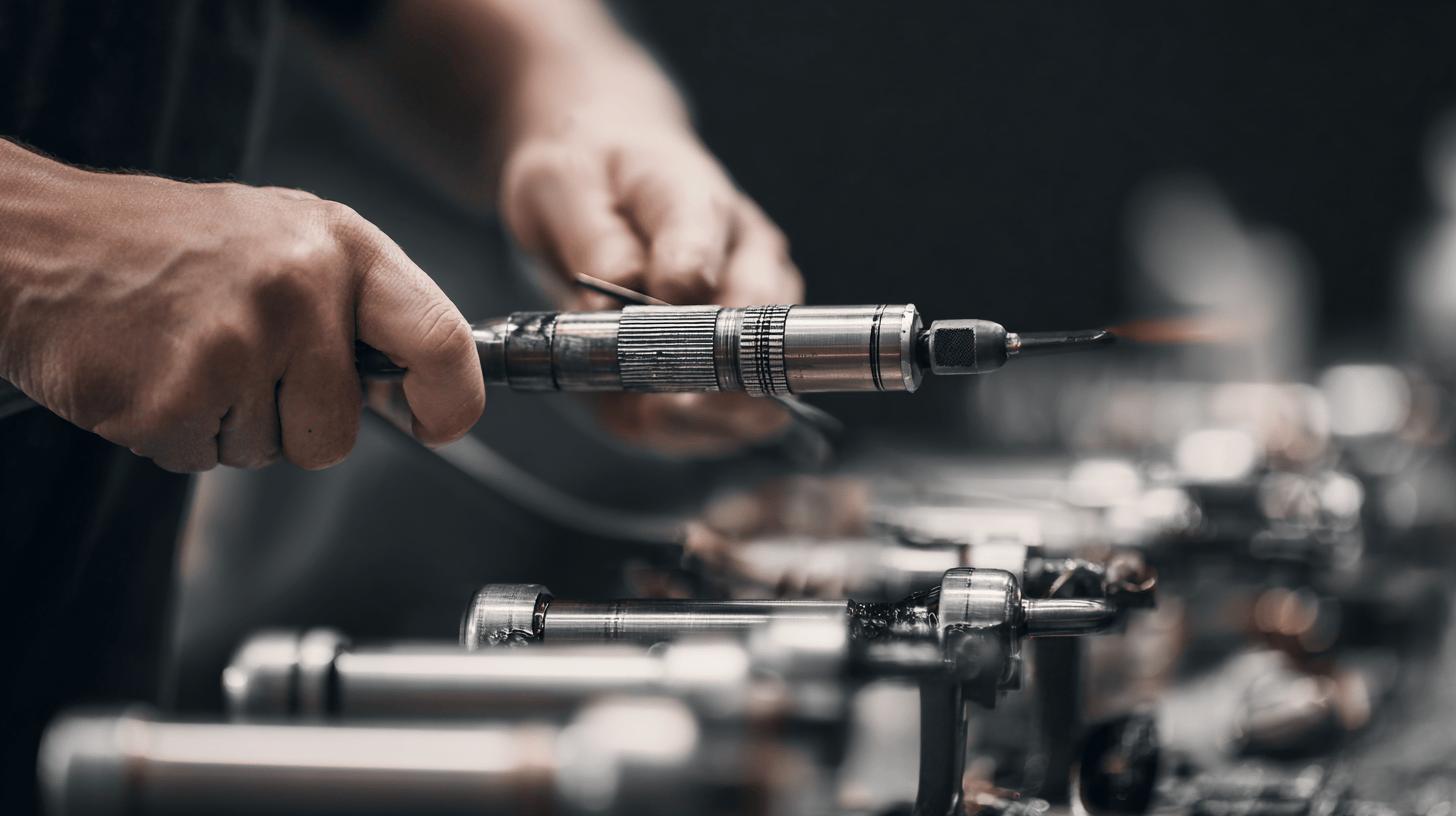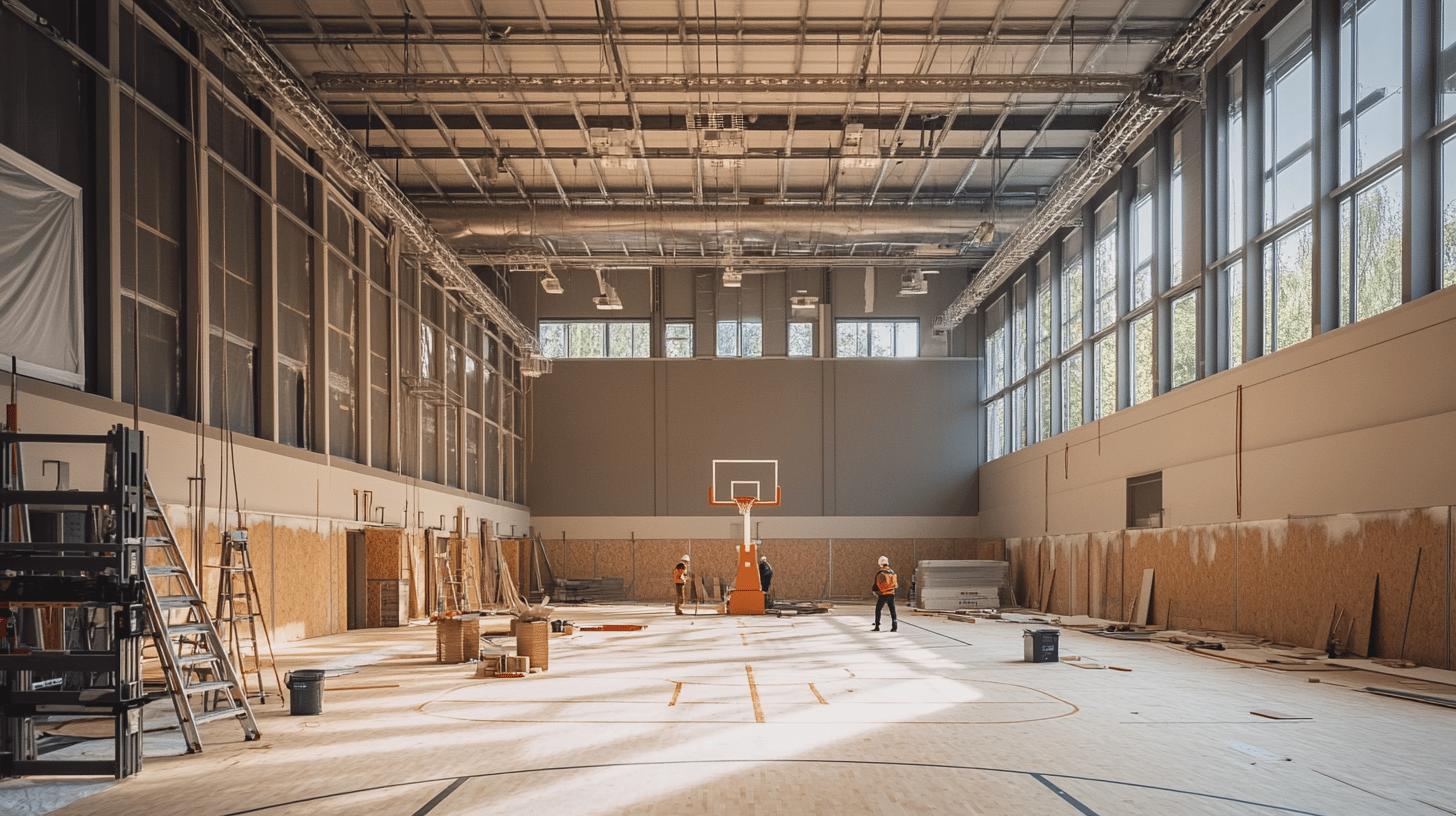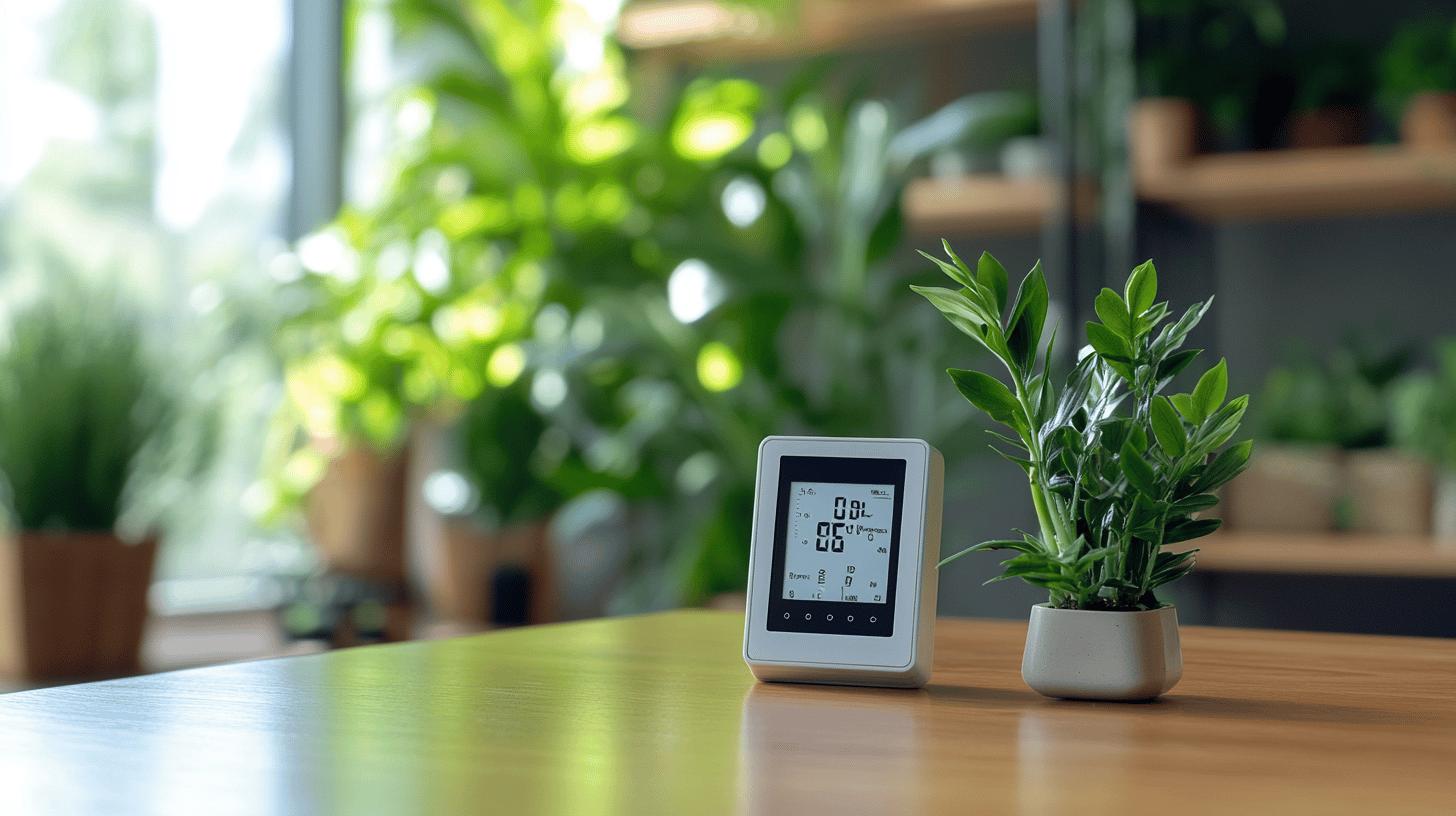Are your vinyl flooring seams not living up to your durability expectations? Let’s demystify the professional methods of heat-welding vinyl joints, uncovering the insider secrets that ensure these seams withstand the test of time. Heat-welding is more than just a technique; it’s an art that, when mastered, creates seamless and resilient flooring. This article delves into the intricate heat-welding techniques used by industry experts. Discover how to enhance floor performance using specific tools and settings, preventing common weld failures and optimising seam strength for lasting vinyl joint durability.
Mastering Heat-Welding Techniques for Vinyl Joints
Heat-welding is an essential technique in vinyl flooring installation, using heated air to melt and join vinyl parts seamlessly. This method, akin to plastic welding, ensures that vinyl floors maintain their integrity and appearance over time. By employing professional flooring techniques, installers can create heat-welded seams that not only look flawless but also stand the test of time.
To achieve optimal results, professionals typically employ a high-quality heat welding gun with adjustable temperature settings, which usually range between 350°F and 450°F. This range is critical for achieving the correct melting point without damaging the vinyl. The addition of a speed nozzle attachment is crucial; it directs the heat more precisely, ensuring stronger and more consistent welds. Accurate temperature control, combined with precise heat application, allows for a seamless and durable finish. The technique requires a steady hand to maintain uniformity in the weld, preventing overheating or underheating, which could compromise seam integrity.
- High-quality heat welding gun
- Adjustable temperature settings
- Speed nozzle attachment
- Seam roller
- Heat-resistant gloves
.
The benefits of precise heat application in vinyl welding are numerous. Accurate temperature control ensures that the weld is consistent, which is vital for the durability of the seams. Properly welded vinyl joints are less likely to experience failure, maintaining their appearance and functionality for longer periods. Additionally, well-executed heat-welded seams contribute significantly to the floor’s overall durability, making them more resistant to wear and tear. This precision in technique not only enhances the aesthetic appeal but also ensures that the flooring withstands the demands of high-traffic environments, providing a practical and long-lasting solution.
Enhancing Durability of Vinyl Joints: Professional Tips and Tricks
Proper subfloor preparation is critical for ensuring vinyl joint durability. Why is it important to prepare the subfloor? The answer lies in the necessity for a clean, dry, and smooth surface, which prevents any imperfections from compromising the weld. Debris or moisture can create weak points in the seam, leading to premature joint failure. For optimal results, the subfloor must be thoroughly cleaned and dried before installation. Additionally, ensuring the surface is level and free from any bumps or irregularities will provide a stable foundation for the vinyl, enhancing the longevity of the welded joints.
- Ensure subfloor is clean, dry, and smooth
- Use a seam roller on warm joints to enhance bond strength
- Practice on scrap vinyl to perfect technique
- Select high-quality materials and tools for welding
.
The role of practice and the use of appropriate tools cannot be overstated in achieving durable vinyl joints. Why does practice matter? Practicing on scrap vinyl material allows installers to hone their technique, ensuring consistent and reliable results. Using the right tools, such as a seam roller, is equally important. Applying a seam roller while the joint is still warm helps to press down and secure the weld, optimising seam strength. High-quality materials and tools not only improve the effectiveness of the weld but also ensure that the joints withstand daily wear and tear. By mastering these techniques, professionals can deliver durable flooring solutions that stand the test of time.
Avoiding Common Mistakes in Heat-Welding Vinyl Joints

What are the frequent errors that compromise joint integrity during heat-welding? One common mistake is not allowing the welded joint to cool completely before applying pressure, which can lead to premature joint failure. Without adequate cooling time, the vinyl does not solidify properly, resulting in weak seams. Additionally, inconsistencies in speed and hand steadiness during welding can cause overheating or underheating, affecting the weld quality. Overheating may damage the vinyl, while underheating fails to achieve adequate fusion, leading to seam gaps. These errors not only weaken the joints but also compromise the overall durability and appearance of the flooring.
- Allow welded joints to cool completely before applying pressure.
- Maintain a steady hand and consistent speed during welding.
- Use appropriate temperature settings to avoid overheating or underheating.
.
Why is technique consistency so important in heat-welding vinyl joints? Consistency ensures that each weld is uniform, preventing variations that could lead to seam weaknesses. By maintaining a steady hand and a consistent speed, installers can achieve a more reliable weld quality, reducing the risk of joint failure. Consistent technique also allows for better control over temperature application, ensuring that each seam is welded precisely and securely. This approach not only enhances the durability of the flooring but also helps in achieving a seamless and professional finish.
Maintenance Tips for Long-Lasting Vinyl Joints
Maintaining vinyl floors is vital for prolonging their lifespan and ensuring seam durability. Regular cleaning using a non-abrasive cleaner is recommended to prevent dirt and debris from accumulating and potentially damaging the joints. This cleaning routine should be complemented by periodic inspections for any signs of wear or damage, such as seam gaps or lifting edges, which can compromise the integrity of the flooring. Addressing these issues promptly helps in maintaining the floor’s appearance and functionality. Consistent upkeep not only preserves the aesthetic appeal but also enhances the overall durability of the heat-welded seams.
- Clean regularly with a non-abrasive cleaner.
- Inspect for signs of wear or damage consistently.
- Address seam gaps or lifting edges immediately.
- Use a seam roller post-cleaning to reinforce joints.
.
Using a grooving tool is crucial for ongoing joint strength. By creating a V-shaped channel in the vinyl seam, this tool allows for a more secure weld, reinforcing the seam’s structural integrity. This technique enhances the bond between the vinyl pieces, making the joints more resistant to the stresses of daily use. Employing a grooving tool as part of routine maintenance ensures that the flooring remains robust and reduces the likelihood of seam failure, thereby extending the floor’s service life.
Choosing the Right Tools and Materials for Vinyl Heat-Welding
Why is matching materials important in vinyl heat-welding? Precision in material selection ensures optimal fusion and joint integrity. The welding rod must match the vinyl material being welded, as this compatibility directly affects the strength and durability of the joint. When the materials are matched correctly, the heat-welded seam achieves a stronger bond, reducing the risk of seam failure over time. This compatibility is fundamental for maintaining the flooring’s structural integrity and appearance.
Which welding tools are suitable for different applications? For smaller projects, manual welding guns provide adequate control and precision, making them an excellent choice for detailed work and minor repairs. In contrast, extrusion welding tools are recommended for larger fabrications, offering efficiency and consistent results over extensive areas. Each tool type is designed to cater to specific project requirements, ensuring versatility and effectiveness in various scenarios. Selecting the appropriate tool is essential for achieving professional results in vinyl flooring installations.
- Ensure material compatibility for optimal fusion.
- Choose tools based on project scale and complexity.
- Consider tool versatility for different welding techniques.
- Prioritise quality for long-term performance.
.
How does proper equipment calibration impact welding outcomes? Calibration ensures that the welding equipment functions at optimal efficiency, providing consistent heat and pressure. Proper calibration is crucial for maintaining uniformity across seams, preventing common issues such as overheating or underheating. By ensuring that the equipment is correctly calibrated, installers can achieve precise welds, enhancing the durability and appearance of vinyl floors. This attention to detail not only improves the quality of the installation but also contributes to the flooring’s longevity and resilience against daily wear and tear.
Final Words
Mastering the art of heat-welding vinyl joints is essential for achieving durable and secure flooring installations. Integrating professional techniques—such as using quality equipment with precise temperature settings—and ensuring an impeccably prepared subfloor lays a strong foundation for durable seams.
Adopting tricks like consistent technique and proper seam cooling enhances joint integrity. By addressing common mishaps and adhering to maintenance practices, one can significantly improve joint longevity.
Employing these durability tricks ensures a smooth, reliable installation, ultimately prolonging the lifespan of vinyl flooring while delivering a seamless, high-quality surface.
Deep Cleaning: Boosting Sports Hall Floor Longevity
Book vinyl repairs → Vinyl / PU / Lino
FAQ
Can vinyl be heat-welded?
Yes, vinyl can be heat-welded by using heated air to melt and join vinyl parts, much like plastic welding.
How to join vinyl together?
Joining vinyl involves using a heat welding gun to melt and fuse the edges of the vinyl sheeting, ensuring a strong bond.
Can vinyl sheet flooring be seamless by heat welding the seams with a vinyl rod?
Yes, heat welding vinyl sheet flooring with a vinyl rod creates seamless joints ideal for high-traffic areas.
How to heat weld vinyl fabric?
To heat weld vinyl fabric, professionals typically use a high-quality heat welding gun with adjustable temperature settings for precise control.
What tools are used for heat welding vinyl flooring?
Essential tools include:
- Heat welding gun
- Speed nozzle attachment
- Seam roller
- Grooving tool
- Vinyl welding rod
.
How can I enhance the durability of vinyl joints?
Enhancing durability involves:
- Proper subfloor preparation
- Using a seam roller on warm joints
- Practicing on scrap materials
- Utilising correct techniques
.
How to avoid common mistakes in heat-welding vinyl joints?
Avoid mistakes by allowing joints to cool completely, maintaining a steady hand, and ensuring consistent welding speed.
How to maintain long-lasting vinyl joints?
Maintain vinyl joints by using non-abrasive cleaners, inspecting regularly, creating a V-shaped channel for secure welds, and avoiding excessive water exposure.
What should I consider when choosing tools and materials for vinyl heat-welding?
Consider matching the welding rod to the material, selecting the appropriate tool for your project size, and ensuring equipment calibration.


